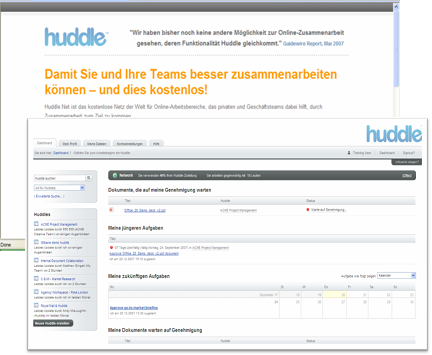Records management provider Iron Mountain is a company that has intrigued me for some time, as I’ve watched it morph from a regional to a global player in outsourcing services as well as one of the top best-of-breed RM players amidst the ECM suite and platform providers.
The company appears to have always placed great value on user education and sharing best practices as demonstrated via a continuously expanding Knowledge Center, complete with an “Ask the Expert” section. User interfaces and content breadth/depth within this area is impressive, as is the series of quarterly, role-based newsletters on various topics. Incorporating multimedia into this strategy via the Tour Center has clearly been a major investment.
So, when I ran across the latest campaign featuring one of my all time favorites, John Cleese, I figured I would check out the Friendly Advice Machine. I did not however, count on an inability to tear myself away from it.
Frankly, it is one of the best examples of customer experience techniques I have ever seen. (Adweek agrees.) Targeting mid- to senior-level IT and legal professionals, it is creative, usable, informative, and hilariously funny. It uniquely incorporates “next step” offers and calls to action that quite literally spurs your hand towards the mouse to find out “what’s behind that icon?” It bolsters the brand management strategy rather than dilutes it.
Update: Yesterday’s Stratify acquisition should help in the “bolstering” department as well….
Check it out — especially the Dreaded Whitepaper offer — and stay tuned. I’ll be interviewing the company next week about the objectives and techniques that make this campaign stand out. In terms of global customer experience, I’ll find out if Cleese has attempted to deliver it in Chinese.


